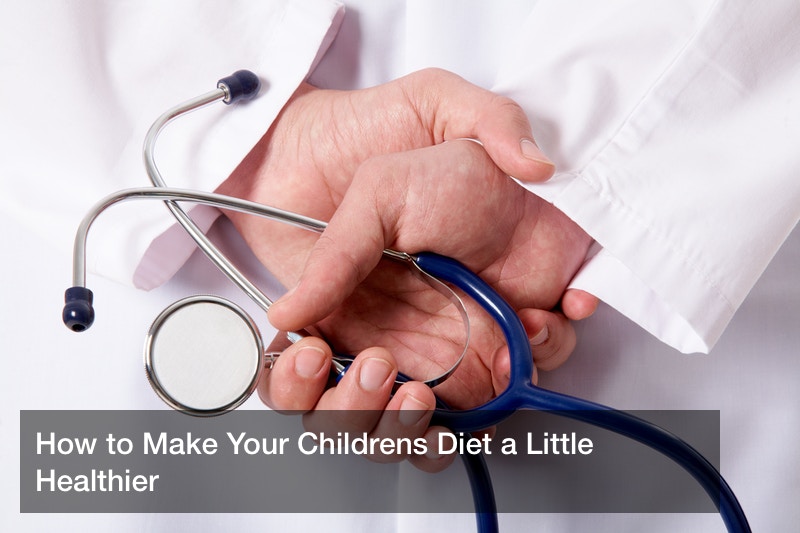

It’s a well-known fact that Americans eat too many unhealthy foods, and also that many of their nutritional choices are driven by price just as much as by preference: the average cost of a fast food meal is significantly less than the average cost of a meal prepared with organic foods grown locally. But researchers at a recent American Heart Association (AHA) meeting proved that this cost-savings only lasts a short time.
As reported by HealthDay and Yahoo! News, adjusting food assistance policies to cut the cost of fruits and vegetables could have a major impact on Americans.
Using a series of pricing projections, the researchers showed that small adjustments in the cost of fresh fruits and vegetables could save more than 500,000 lives over the course of 20 years while also reducing the rate of heart disease.
Led by Dr. Thomas Gaziano, researchers from the Brigham and Women’s Hospital and Harvard Medical School estimated that a 10% decrease in prices could reduce the number of heart-related deaths by 515,000 and the number of heart attacks and strokes by 675,000 by 2035.
According to TIME, if the average American consumes an additional serving of fruits or vegetables every day on top of the price reduction, the number of heart disease-related deaths would drop by an estimated 3.5 million in just two years.
Americans, more than ever before, are choosing to support local businesses in lieu of big box stores. It’s estimated that around 70% of all social media users are connected to at least one business online and it’s easier than ever for local grocery stores and farmer’s markets to advertise to local customers.
The problem the U.S. is facing isn’t solely related to interest in healthy eating — it’s being able to afford those healthy foods.
The recent findings on food prices are just one piece of the puzzle, but it’s definitely an important one as the country figures out how to handle health problems.



